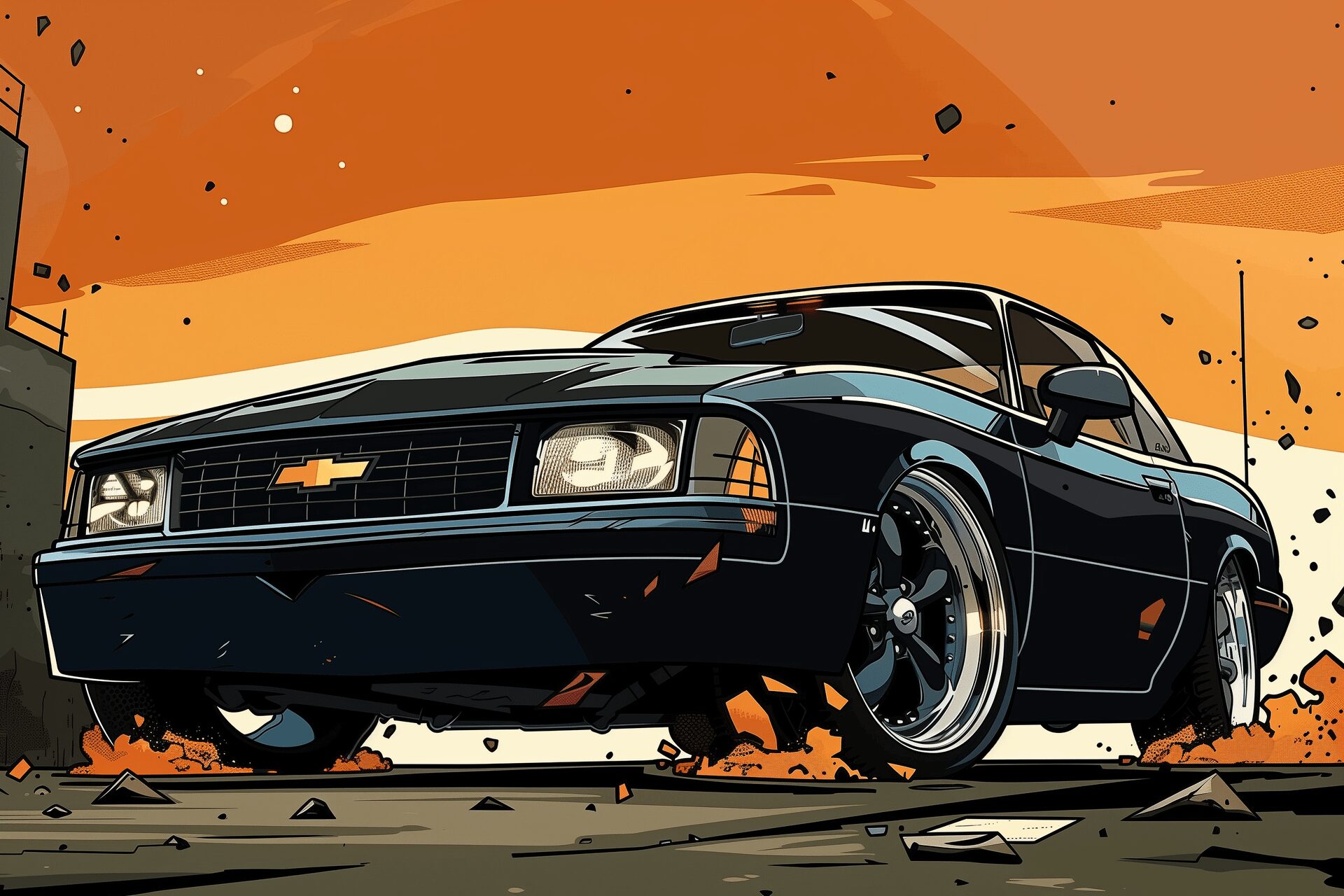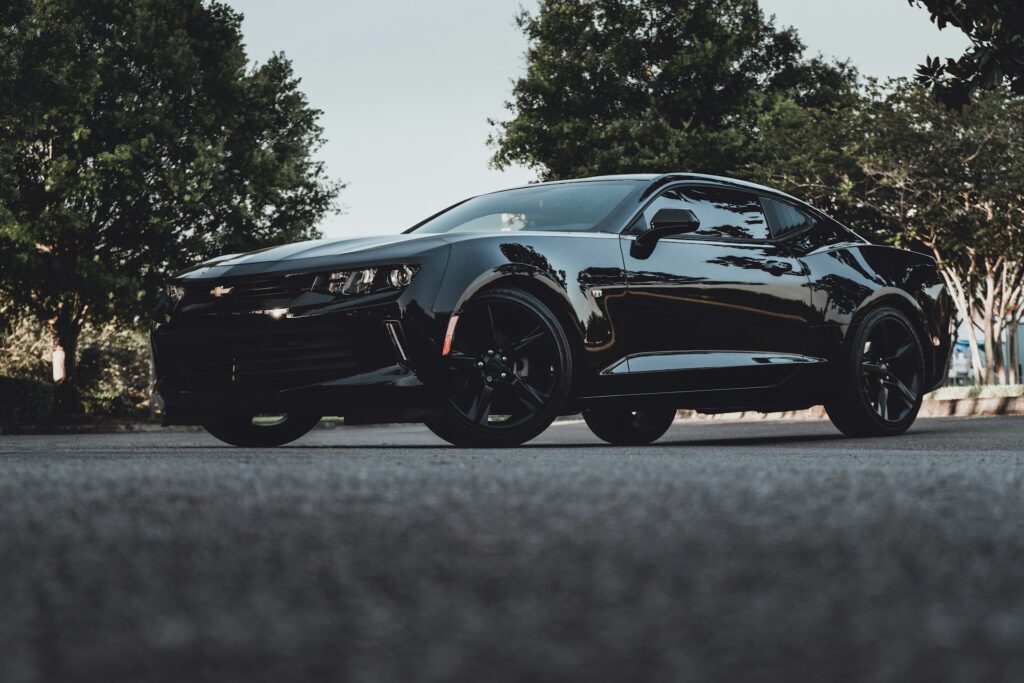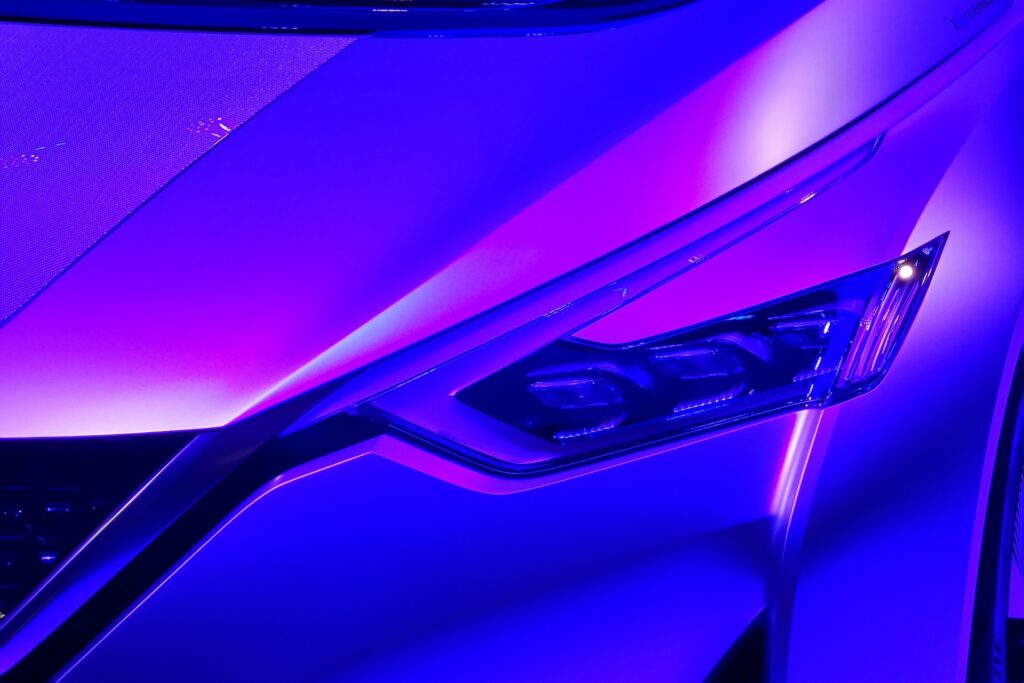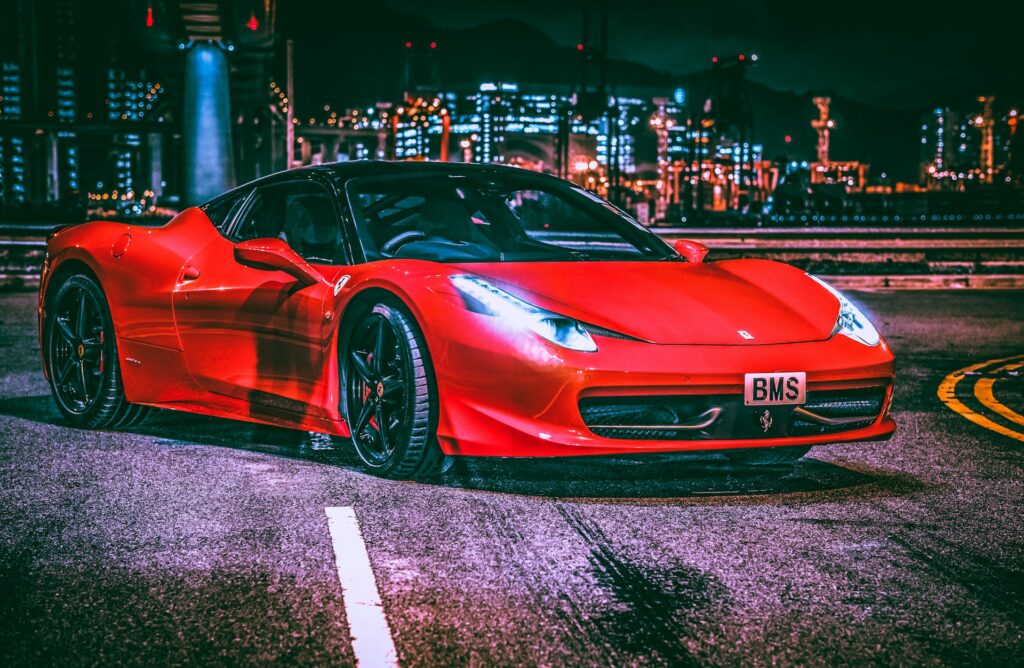
As an Amazon Associate, Modded gets commissions for purchases made through links in this post.
Most buyers invest in a new vehicle with the intention of holding onto it for some time — which is why you must know which car colors to avoid. Perhaps you’ve pined for a sleek, white or black sports car, or had your heart set on something a bit more unconventional. Regardless, there could be repercussions to settling on the wrong color choice.
Do you know the worst color car to buy and keep clean, or which color comes with the worst resale value? Also, are red cars really more expensive to insure? Here are all the answers you’ve been looking for to guide your decision on what color car to buy.
What Is the Worst Color Car to Buy?
If you’re in the market for a new car, you might have a particular make and model in mind. However, it would help if you also considered color. Here are five car colors to avoid.

1. Black
Black is among the most prevalent car colors, especially for luxury models. According to Kelley Blue Book, 21% of convertibles and sports cars are black. Although it’s one of the sleeker colors, it is also the worst car color to keep clean — this is especially true for scuffs and scratches.
Those who live in a warmer climate should also avoid black vehicles. Black holds more heat during the summer and forces your car’s air conditioning to work harder. It could take a long time for your car to cool off before you can comfortably drive where you need to go.
2. Green
Green cars aren’t trendy, as most prefer not to own one. They often get dirty quickly and have a difficult facade to maintain. Additionally, cops tend to pull green vehicles over, particularly lime shades. Like red, exotic, bright greens stand out on the road. Not that you should be speeding, but road anxiety is real — the last thing you want is to be on anyone’s radar based on your vehicle’s color.
3. Two-Toned
A two-toned car is nice to look at but a bear during upkeep. Consider how often you risk marks and scratches. These vehicles require custom paint, which can be challenging to match when you need a touch-up.
Also, because the market for two-toned cars is much smaller than standard colors, they tend to be more expensive. As a result, your auto insurance premium will likely be higher, too.
4. Beige, Gold and Brown
Remember when your grandma used to visit in her gold Chevy Malibu? The beige, gold and brown family are among the top car colors to avoid. These vehicles scream “old-fashioned” and are impossible to clean and shiny.
While brown cars can also turn muddy-looking, they pose a more serious issue: They may hide rust and other damage. You’re also more likely to notice dents in the body compared to different colors.

5. Purple
A purple car is bound to turn heads on the road. Is this a good thing? It depends on who you are and what you’re trying to achieve with your car’s color choice. One thing remains true: Purple vehicles have a much lower resale value than more common shades.
They also possess the other negative traits of worst color cars to buy — they tend to get muddied-looking when dirty, hide corrosion and may attract police attention. Finally, purple shades are just as difficult to match, mainly because the shades are discontinued faster.
What Car Color Hides Scratches Best?
You already know brown, gold and beige cars show the most imperfections. Likewise, black and purple vehicles rarely stay clean — every speck of dust appears on black cars. So, what car color should you buy to hide scratches and dents best?
Believe it or not, white cars do an excellent job covering up defects. White is a much brighter finish, making the damage less obvious. Of course, white can easily pick up dirt and grime, but the sun will help whatever damage to the body disappear.
What Is the Worst Color Car for Resale?
Although purple is harder to resell, it may surprise you that more common colors have a higher depreciation rate. According to a Chase Auto study, black cars lose 23.9% of their value over three years compared to yellow or orange at 13.5% and 18.4%, respectively. Silver, gray, blue and white also had depreciation rates above 20%.
The trend is because unique colors are challenging to find, and drivers are more willing to pay a premium. Conversely, sellers could have difficulty finding buyers because neutral colors are more prevalent with a much higher inventory.

Are Red Cars the Most Expensive to Insure?
Don’t worry about owning and insuring a vintage red Corvette. If you’ve heard red vehicles are the most expensive to insure, you’re in luck — it’s a myth. The insurance company knows your vehicle identification number, not the color.
One reason 40% of drivers think red cars are the most expensive to insure is likely their high cost of ownership. Most red cars — along with white, black and blue vehicles — cost a premium. Technically, the higher the cost to buy your car, the more expensive an auto insurance policy is — but it has less to do with the color itself.
What Car Colors Should You Consider?
According to a Motorbiscuit study, 23.9% of car buyers drove white cars in 2019. Meanwhile, black — despite its shortcomings — came in close behind at 23.2%. Gray and silver were also among the most popular color cars at 15.5% and 14.5%. Blue is another sought-after color, as it is less harsh than black but may reflect your personality more.
Neutral car colors became the norm in the late 1990s, but ultimately, it comes down to the driver’s preference. If you want to drive a black, green or purple car, who will stop you?
Choose Your Car Color Wisely
Go ahead and buy a black, purple, green or two-toned car. As long as you know why specific colors are deemed avoidable, it’s entirely up to you whether you want to face cleanliness, dents and depreciation.
Stay up to date with the latest by subscribing to Modded Minute.
Author
Jack Shaw is a senior writer at Modded. Jack is an avid enthusiast for keeping up with personal health and enjoying nature. He has over five years of experience writing in the men's lifestyle niche, and has written extensively on topics of fitness, exploring the outdoors and men's interests. His writings have been featured in SportsEd TV, Love Inc., and Offroad Xtreme among many more publications.






